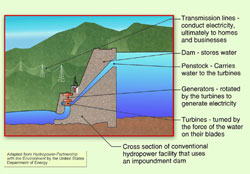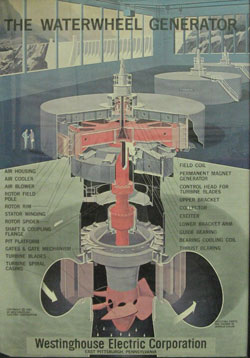A Report From Energy Ant—My Trip to Dominion’s Roanoke Rapids Power Station—a Hydroelectric Plant near Roanoke Rapids, North Carolina!
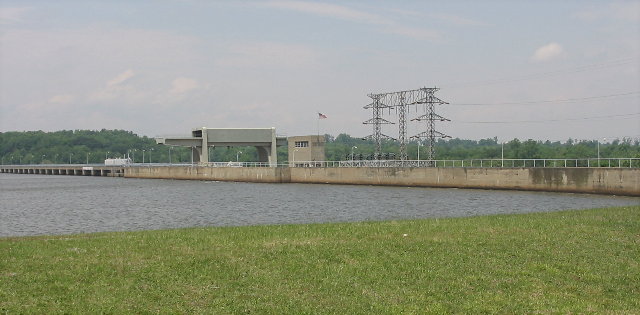
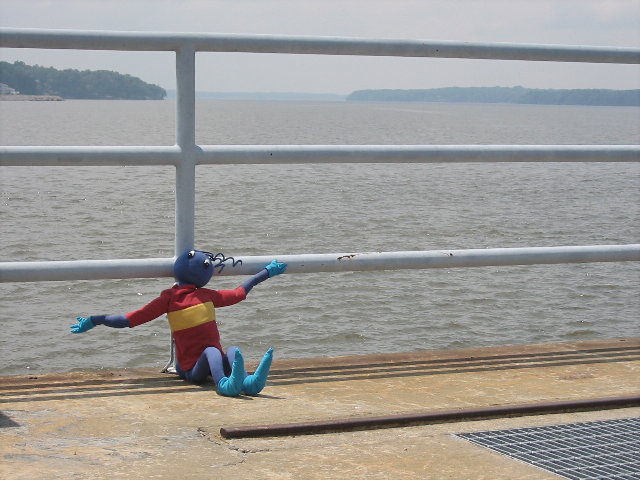
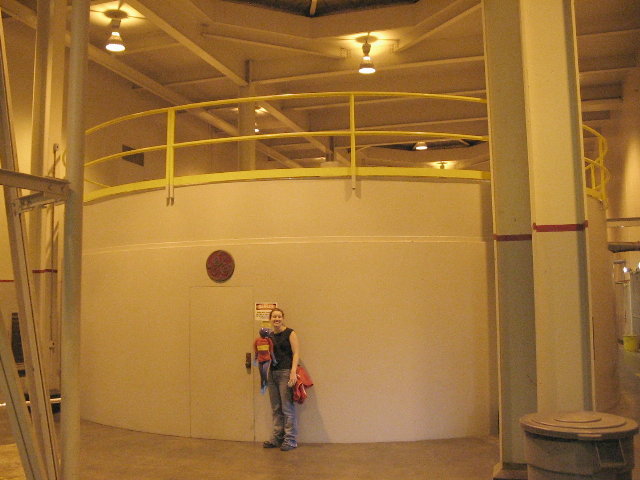
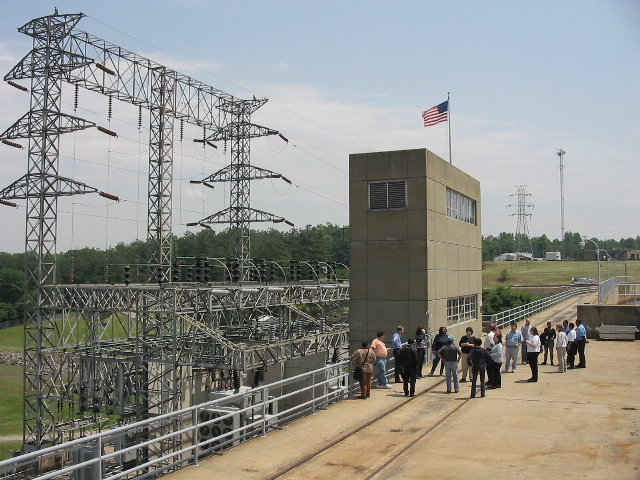
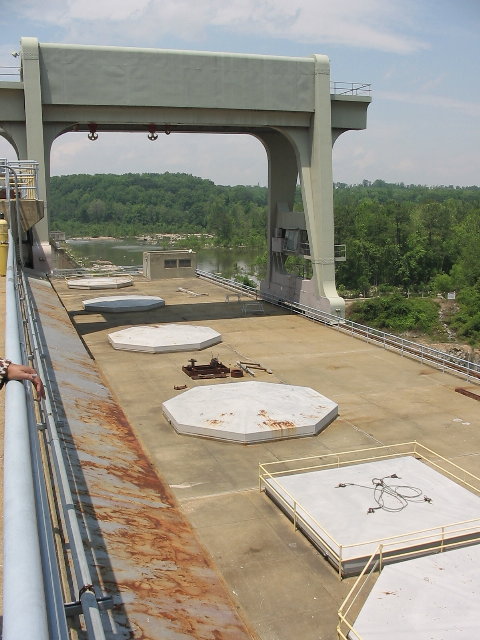
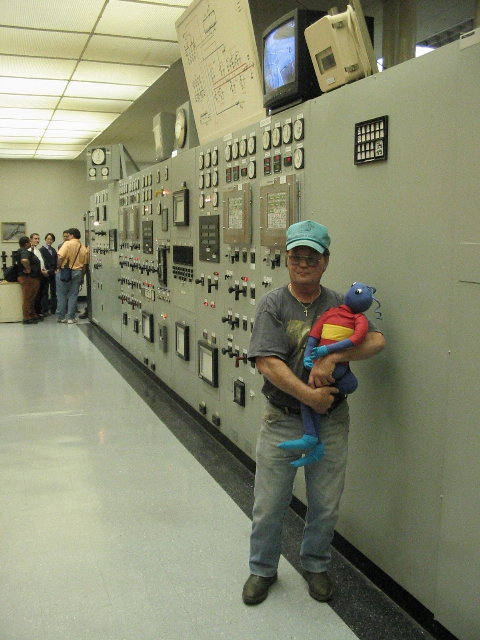
Today I got to go on another field trip. This one was to Dominion's Roanoke Rapids Hydroelectric Plant. This power plant is on the Roanoke River in Roanoke Rapids, North Carolina. Of course all hydroelectric power plants are on some kind of moving water. They have to be since it is the flowing of the water that makes the whole system work. This power plant isn't the only one on the Roanoke River. In fact, there are three hydroelectric dams on this one river. The furthest upstream, and furthest west, is the John H. Karr Dam, then the Gaston Dam, and closest to the mouth, the Roanoke Rapids Dam, where we are today. This dam is still far up river from the mouth that lets out at Albemarle Sound and the Atlantic Ocean. In fact, the river continues for about 100 more miles before reaching the sound.
The dam was built in the 1950s, and the plant started operation in 1955. It backs the river above it up to create an eight mile long reservoir where people can fish, boat, swim, and enjoy wildlife. There is a lot of concrete holding back that water. If you took all the concrete in the dam, and made it into a six-foot wide sidewalk, it would be 189 miles long. A sidewalk that long could stretch from Washington, DC, to Philadelphia, and beyond.
Roanoke Rapids and all hydroelectric plants are really simple despite the size. Modern plants work similarly to waterwheels of the past. In a water wheel, water falls over a wheel. This wheel has lips which catch water, turning the wheel. This turns a shaft which is usually connected to a grindstone or other tool. This method moves the mechanical energy of water directly to the mechanical energy of a millstone.
Today's hydroelectric plants are almost the same! Here at Roanoke Rapids, water rushes through a penstock to a turbine where it spins the blades. There are many different types of turbines. Some look like water wheels turned on their side, while others look like the propeller of a boat. The turbines here at Roanoke Rapids have special rotating blades that can make better use of the water flow. Because the water is coming from the outdoors, debris, such as sticks, can get into a turbine. For this reason, the water passes through filters that catch most of the debris before it can get into the turbines. Blades can be damaged by debris if it happens to get past the filter. The blades are designed so that if they do break, a special pin that is easy to replace is all that is damaged.
The water continues on in the river, but the hydroelectric plant has just begun its work. The turbines spin a shaft that is connected to a huge coil of wires. These wires spin between big magnets. The coils of wires and magnets are known as a generator, and this is what actually produces electricity. The electricity that is produced is sent out of the plant through transmission lines.
The electricity may travel long distances before it goes through smaller distribution lines to our homes and businesses.
At Roanoke Rapids, there are four generators. There are also four turbines, one to run each generator. If all four are running at the same time, Roanoke Rapids can produce as much as 104 megawatts of power. With all this electricity being produced, in just one hour, Roanoke Rapids makes enough electricity to supply ten average homes for a whole year!
The generators aren't always running though. Sometimes this can depend on rainfall. If the river is really high, the plant may run at max capacity to keep water flowing. Yet, if there is a drought, the plant may not be able to run many of the generators. Other times, the number of generators running (1, 2, 3, or 4) depends on how much electricity is needed. During the day, and in the summer, people use more electricity than at night or in the winter. Sometimes a generator is turned off for maintenance or repairs. A huge crane lifts the lid of a generator so that it can be worked on. How do they turn those massive machines on and off? Everything is done by computer. A main computer far from the dam can tell the operator how many generators to run. The operator can then raise and lower gates that allow water to flow through. From this one control room, the operators not only run the Roanoke Rapids plant, but they also run the Gaston Dam up river. Here I am with our guide standing in the control room.
While Roanoke
Rapids uses the naturally flowing Roanoke River to make electricity, other methods
such as pumped storage don't need a naturally flowing waterway. In pump storage,
two reservoirs sit on different elevations. Water is stored in the upper pond
and when energy demand is high, it is released and allowed to flow down to the
lower reservoir. As the water flows, it spins a turbine just the same way the
water at Roanoke Rapids did. But here the water is captured in the lower reservoir.
When electricity demand is low, the pumped storage facility can use electricity
to pump the water back up into the upper reservoir until demand is high again.
The water is always being cycled through the two reservoirs so new water is
not needed. This system works in places where there is no flowing river to dam.
After lunch and a tour of the Roanoke Rapids dam, we got on the bus and headed back to Washington, DC. It was really fun to see how a hydroelectric plant works. The inside of the plant and the generator were so cool.



